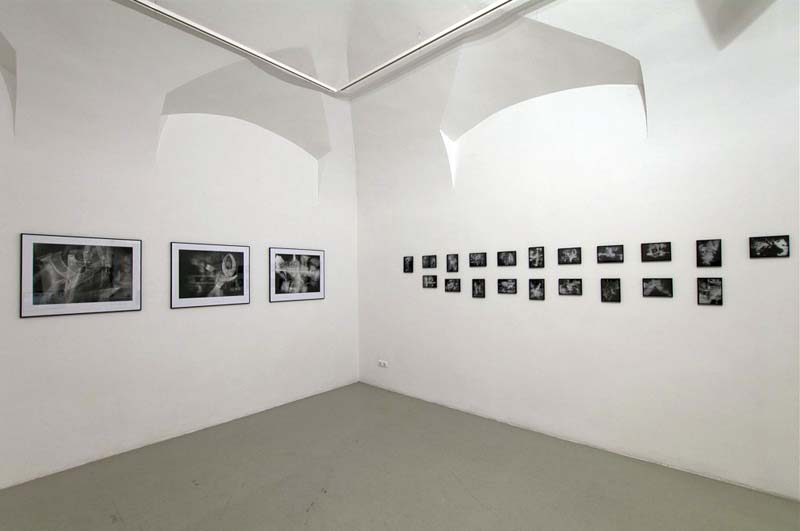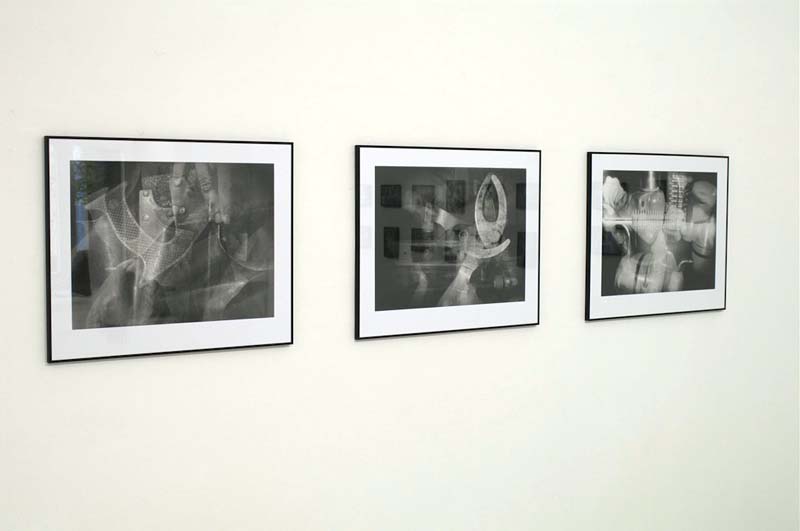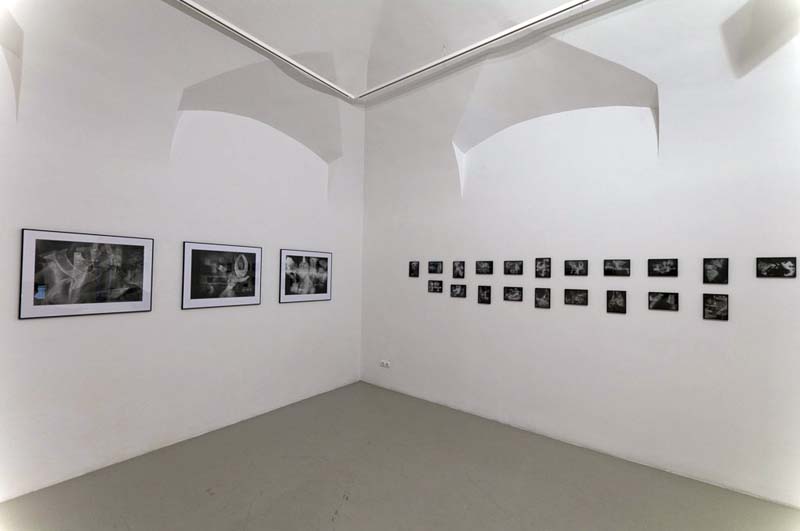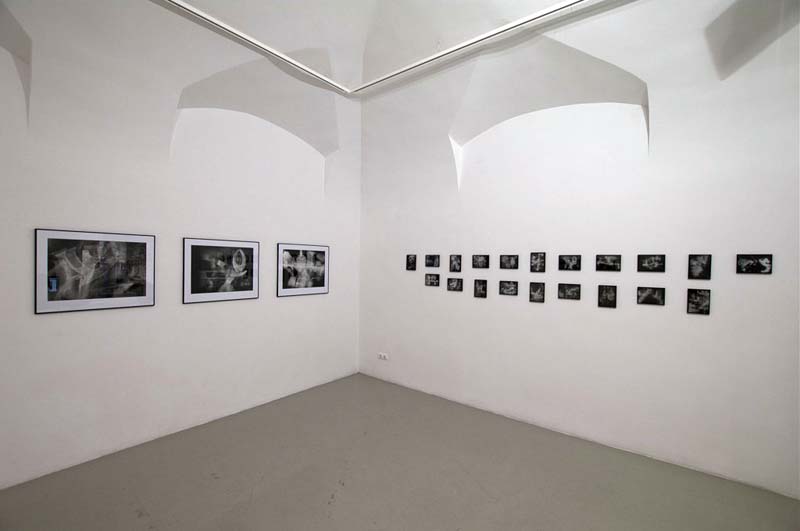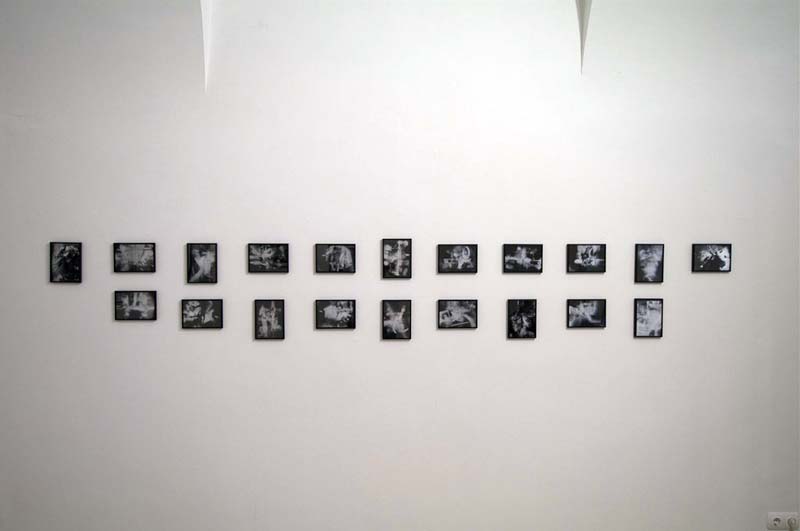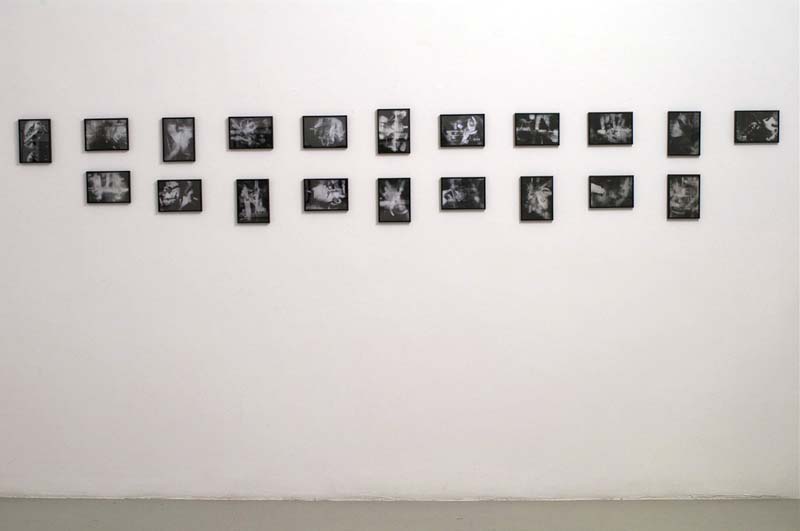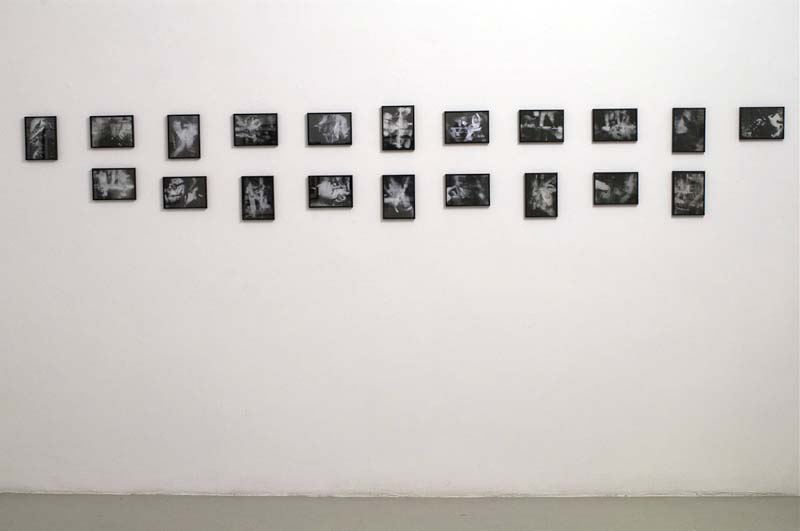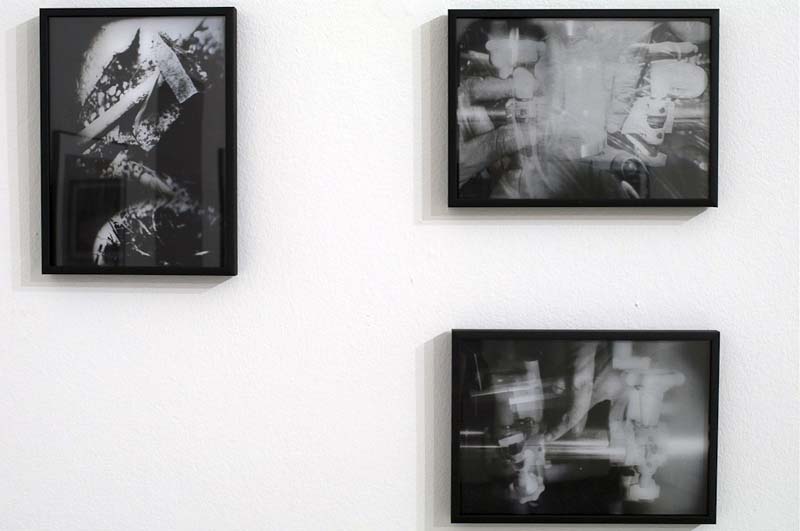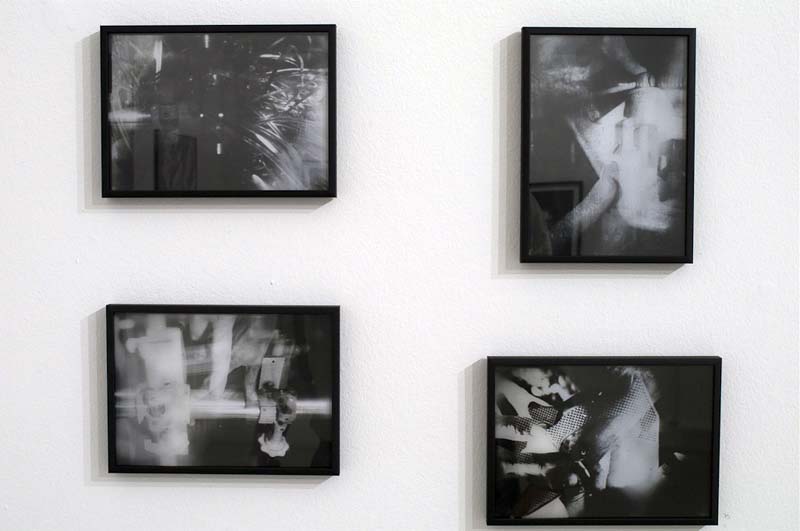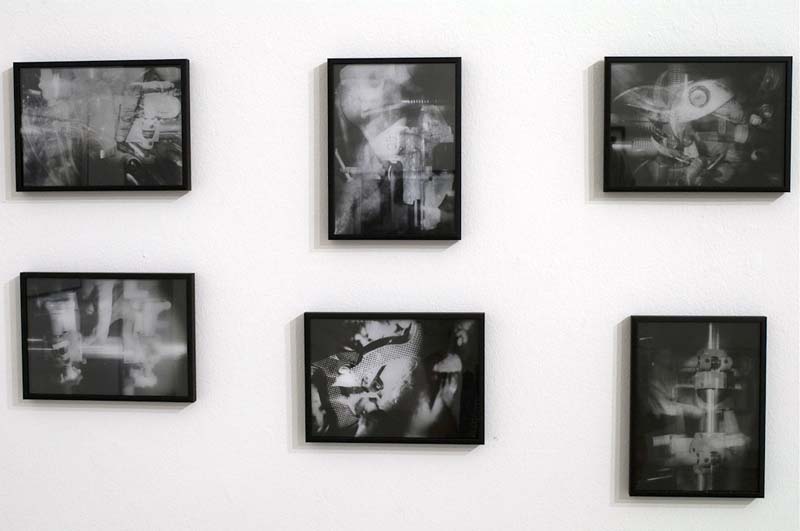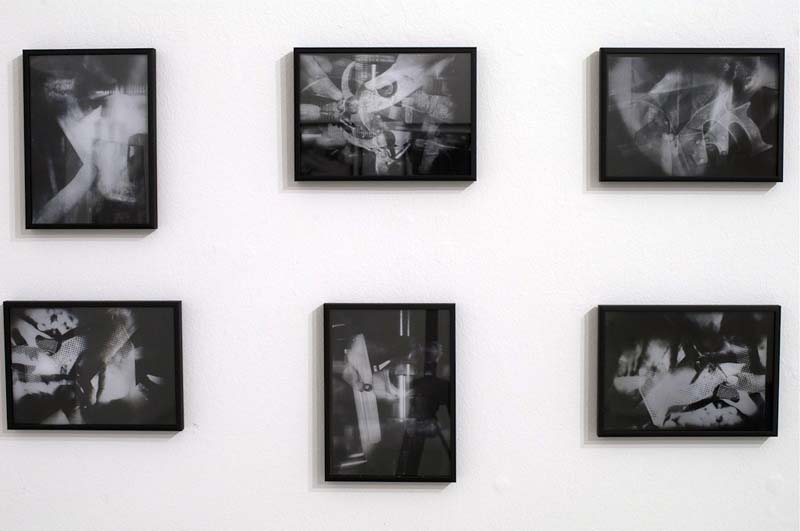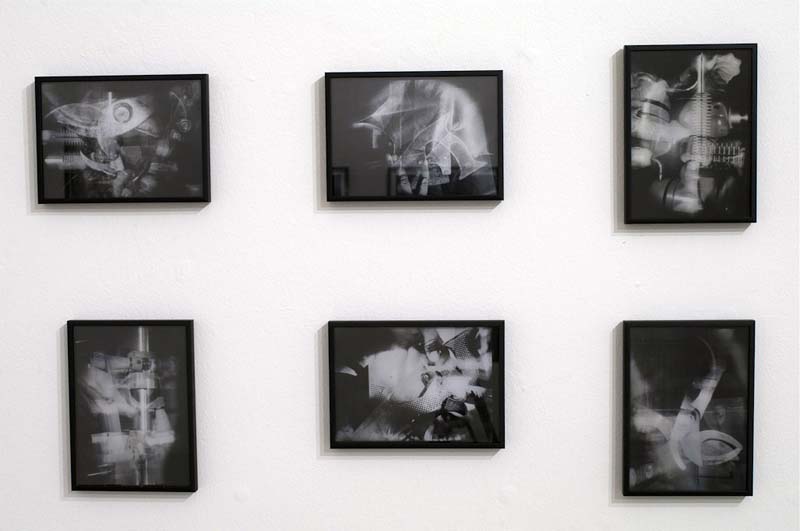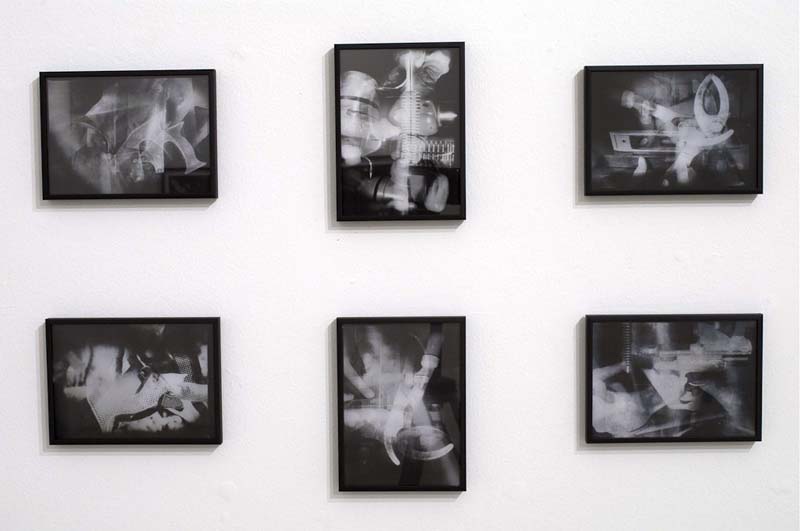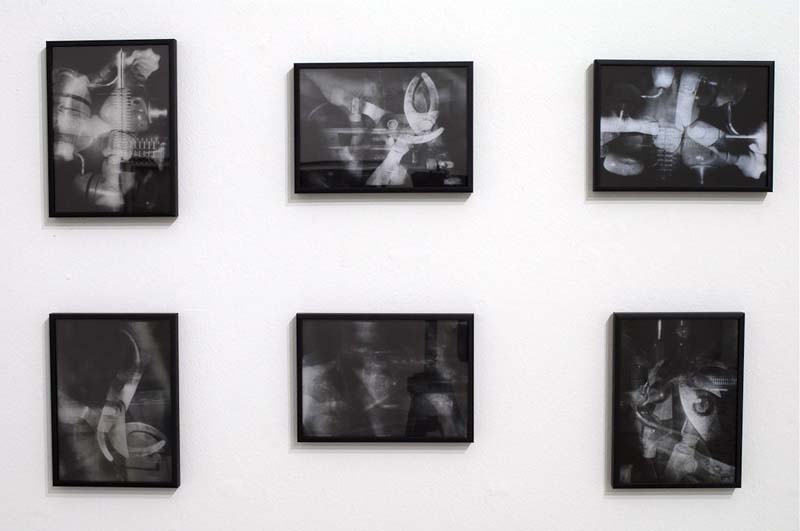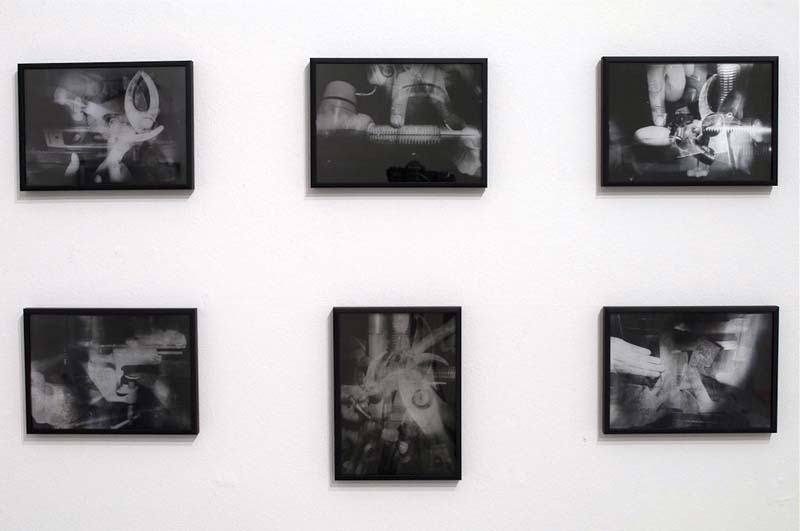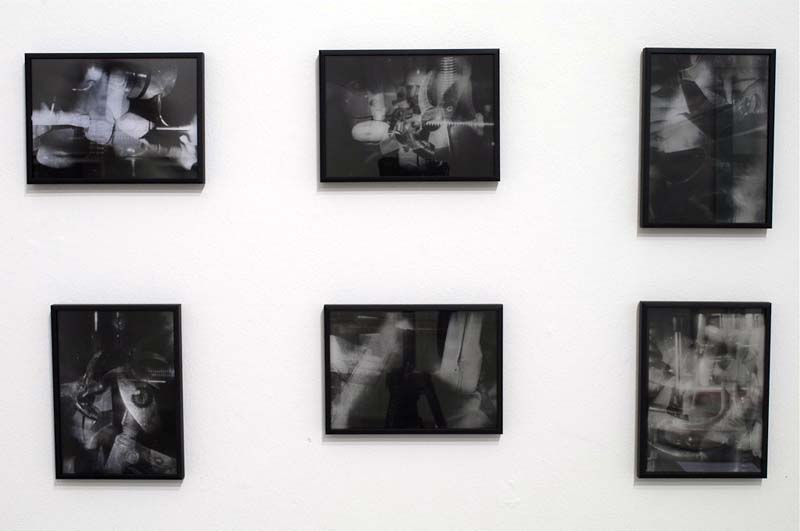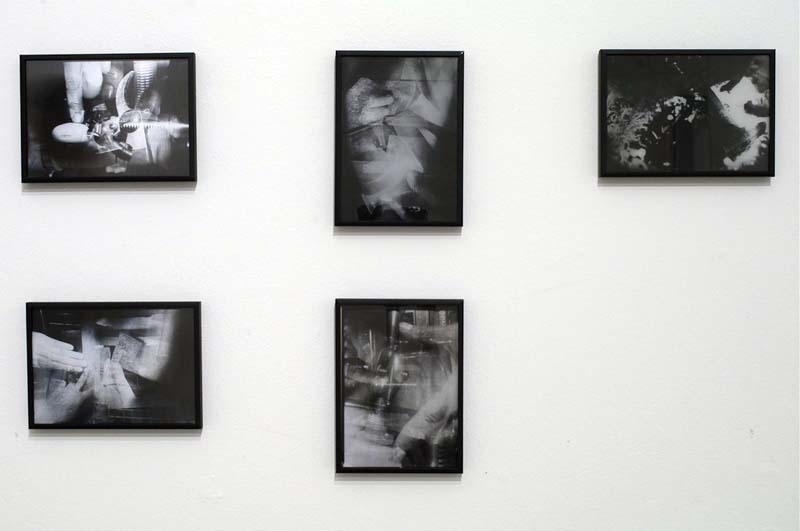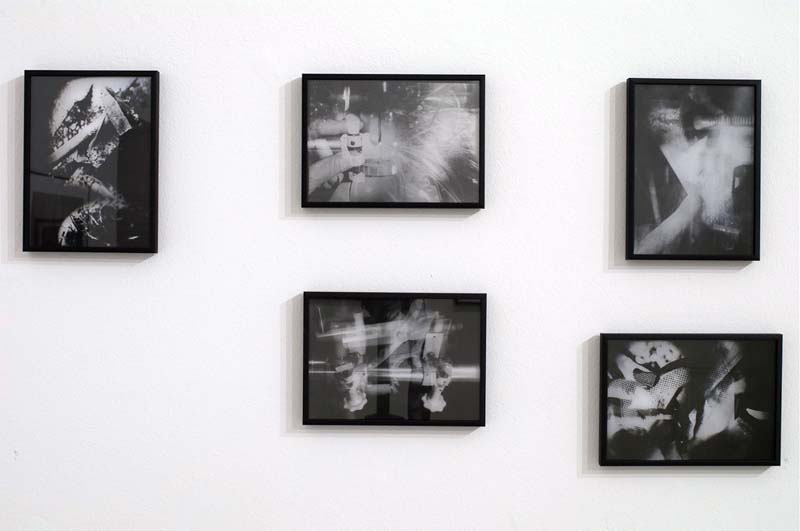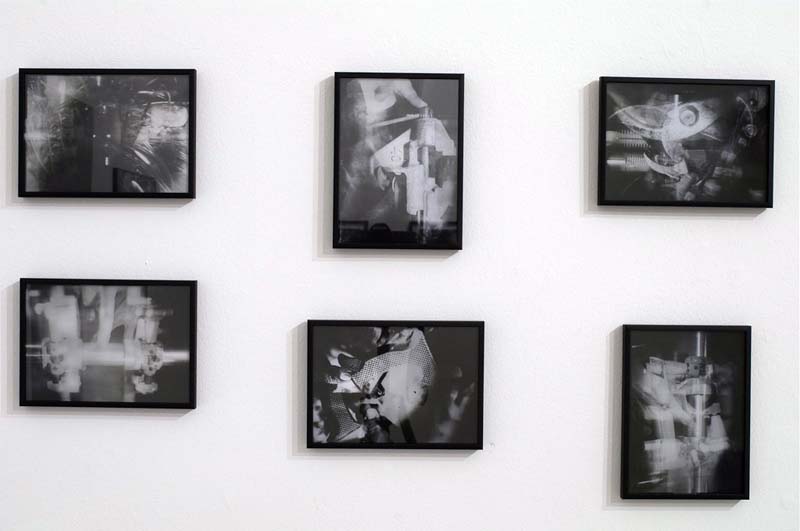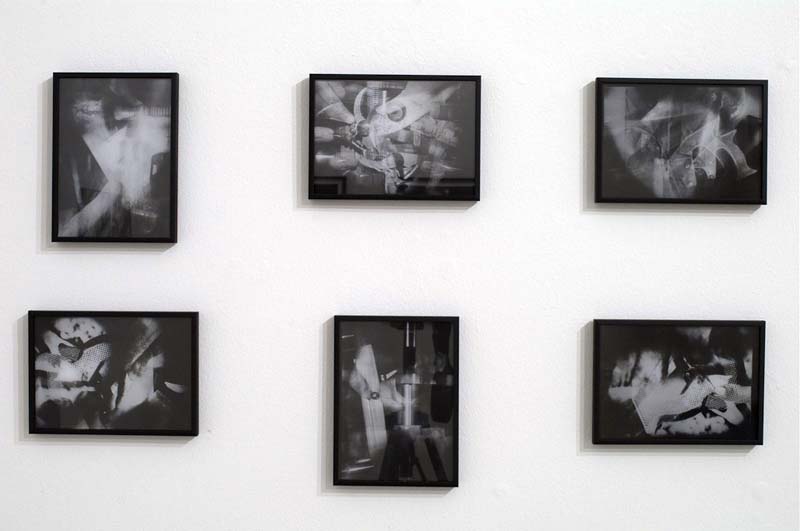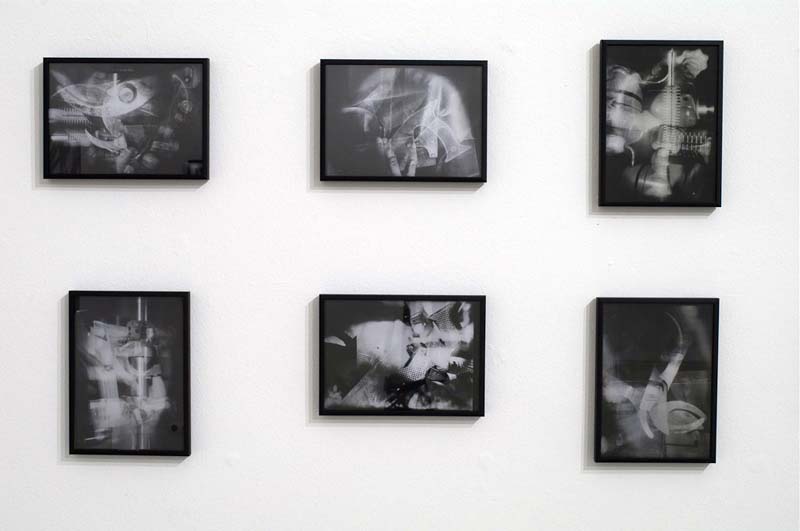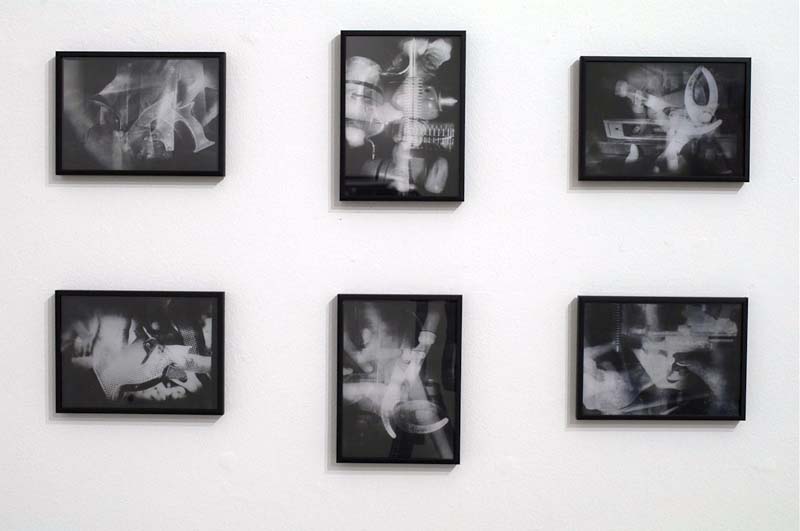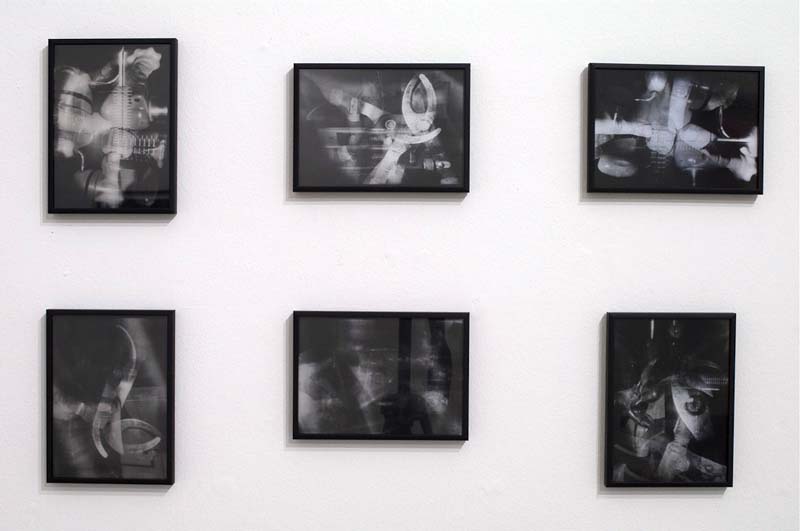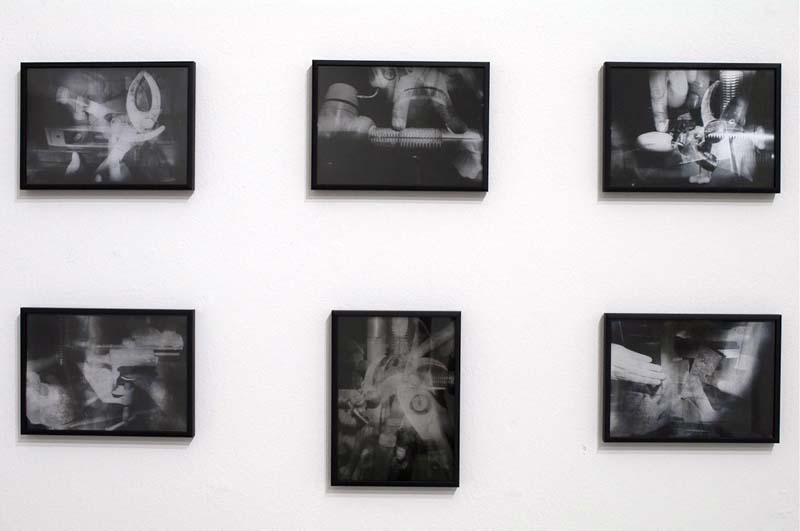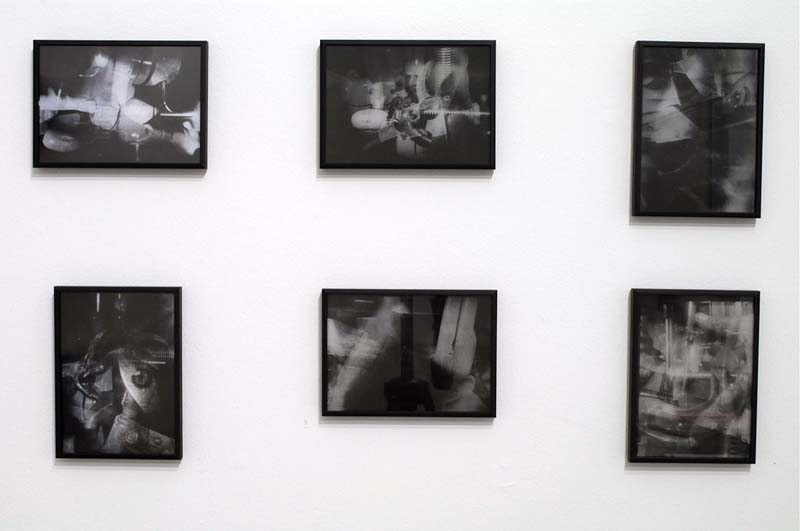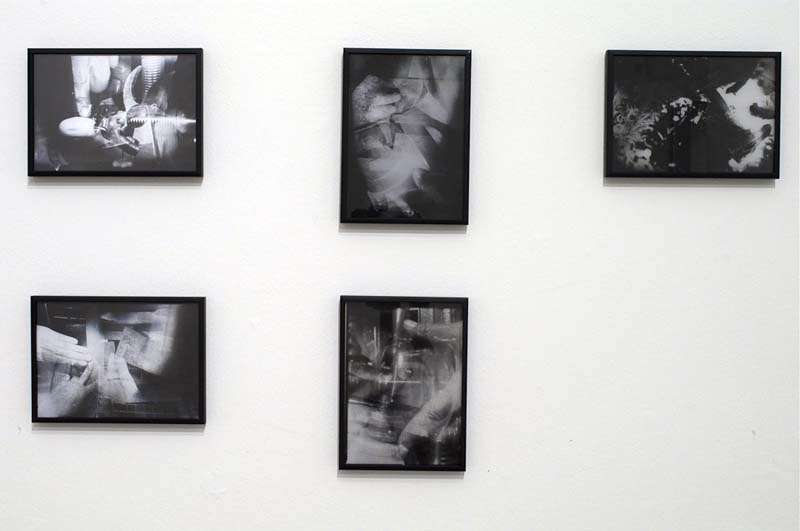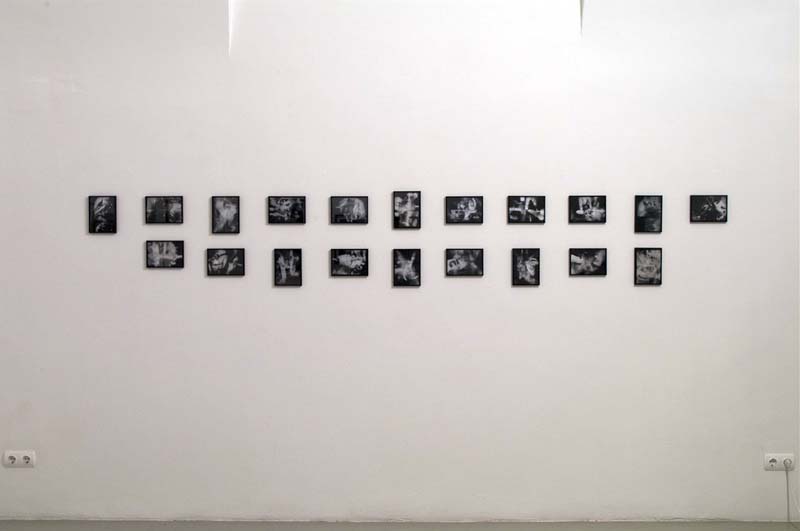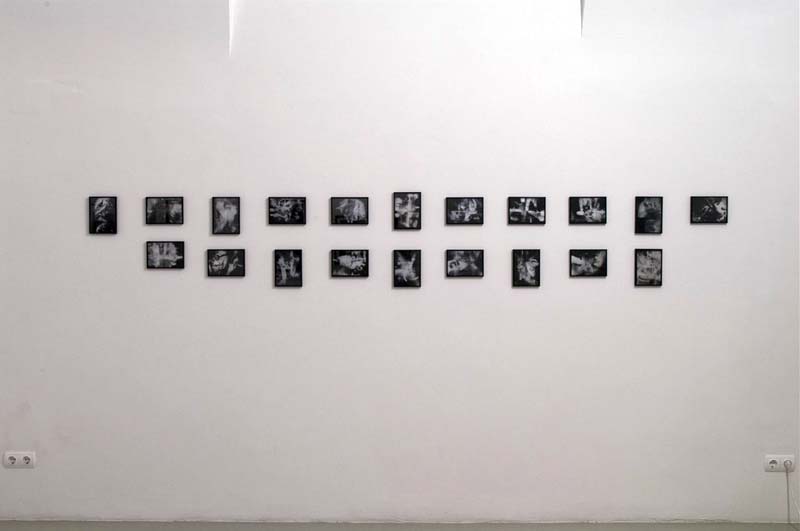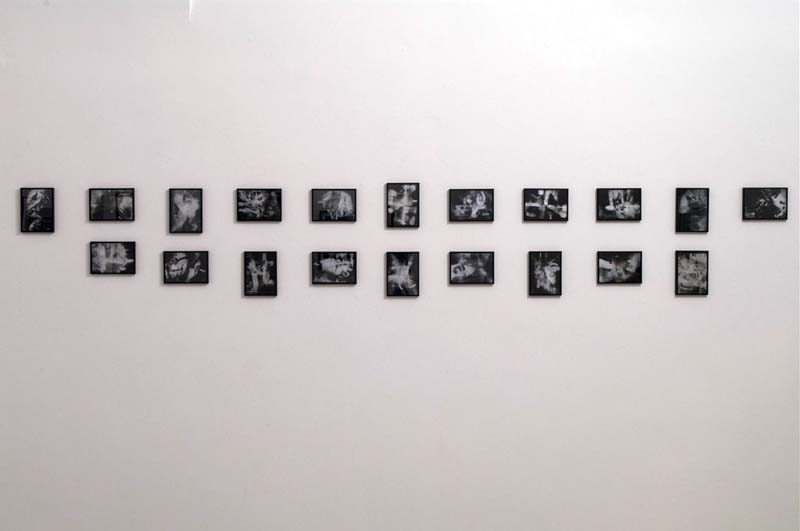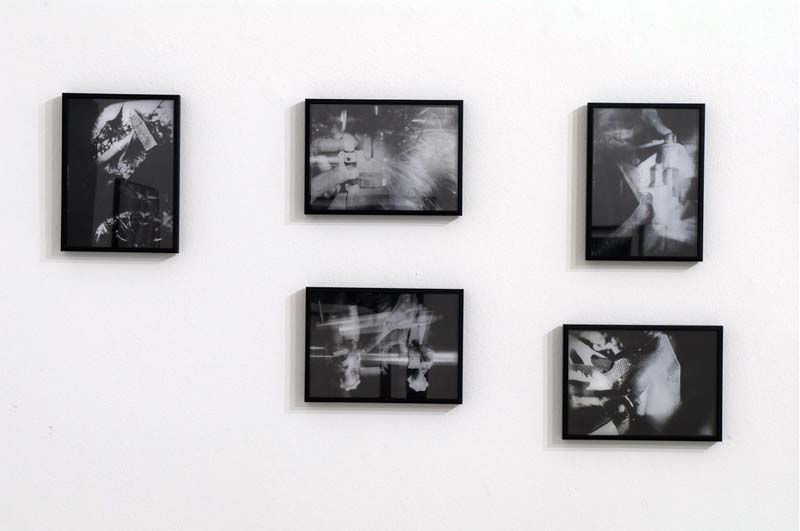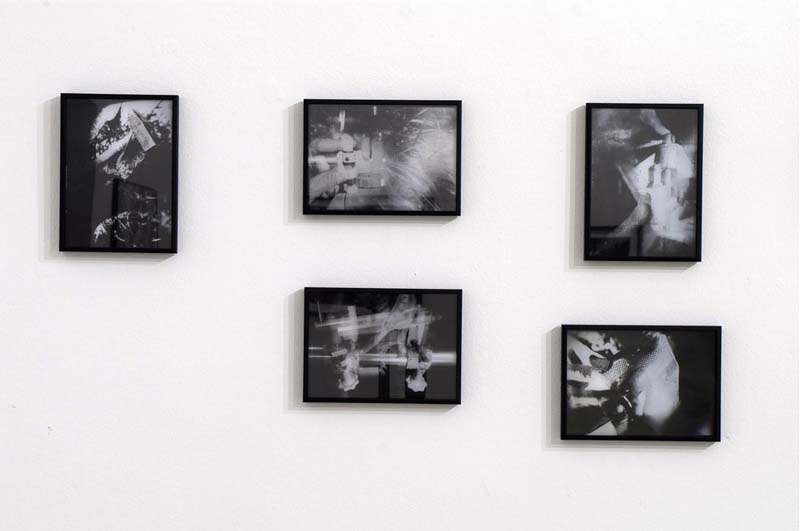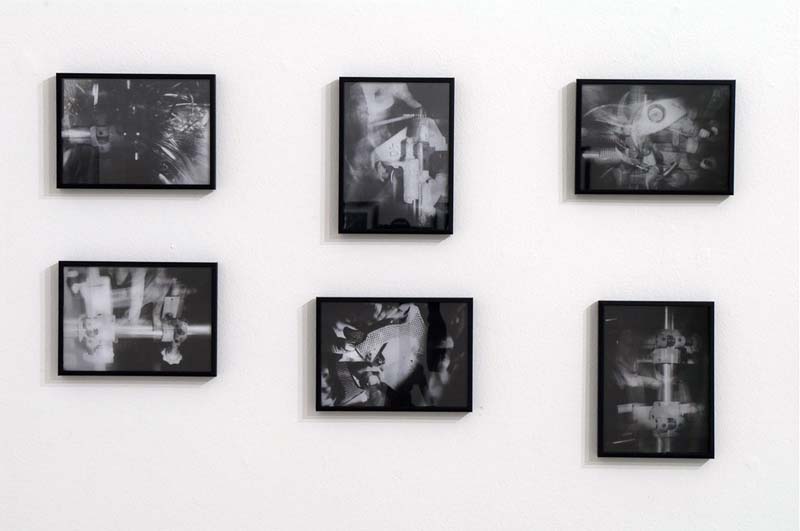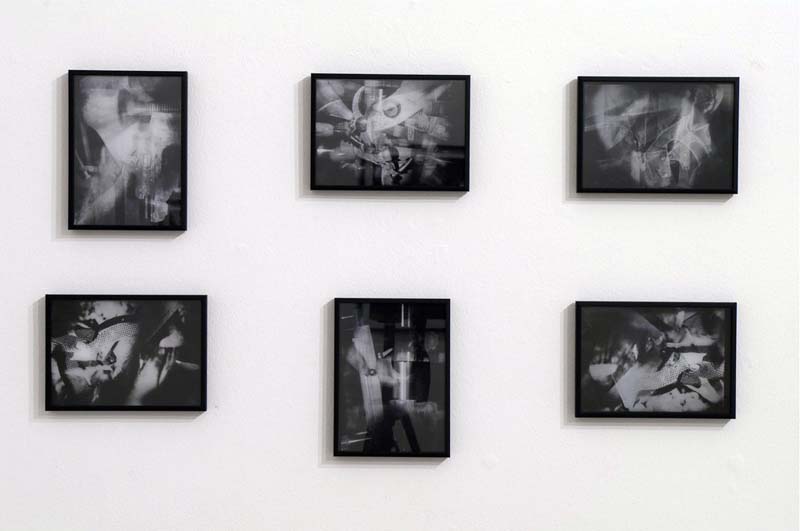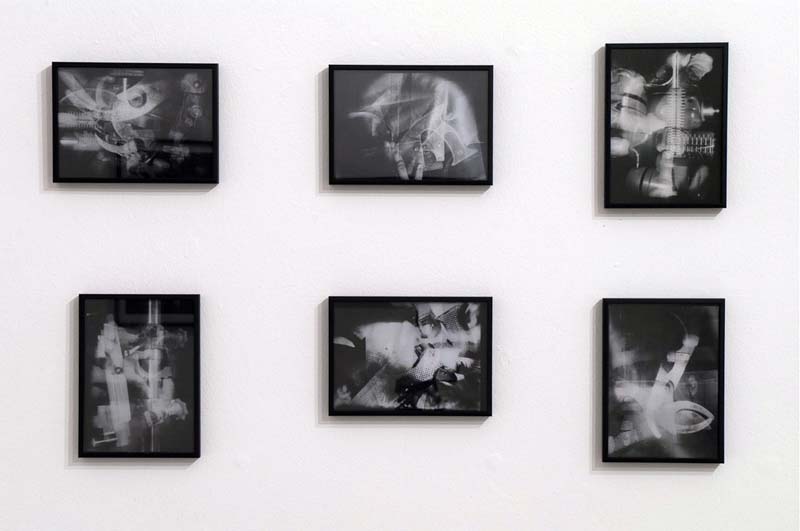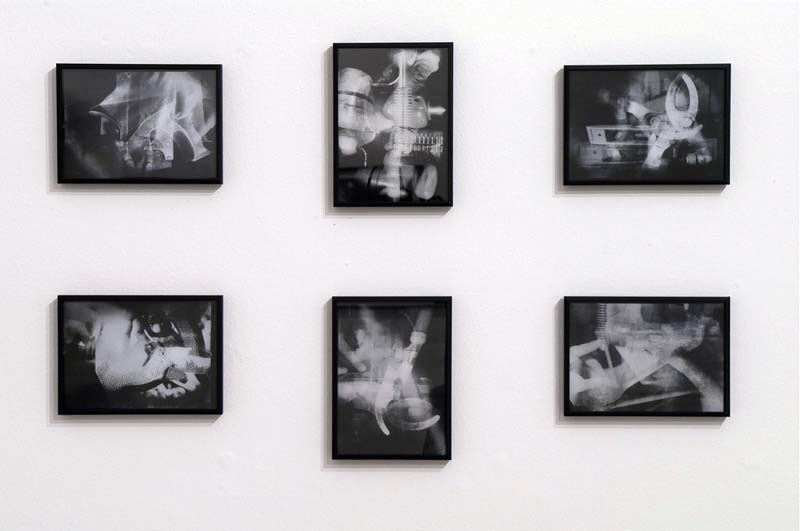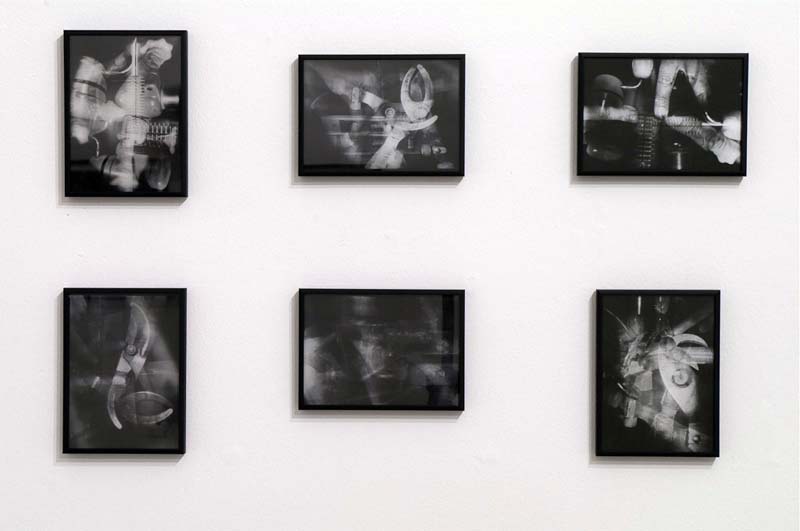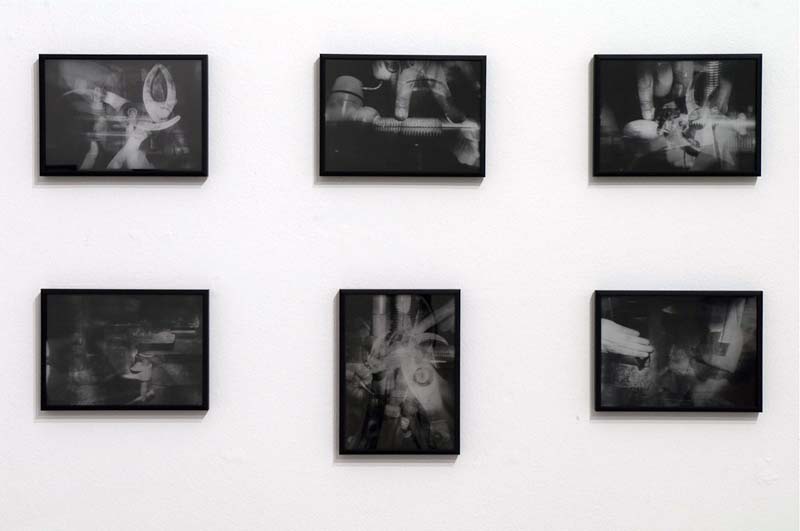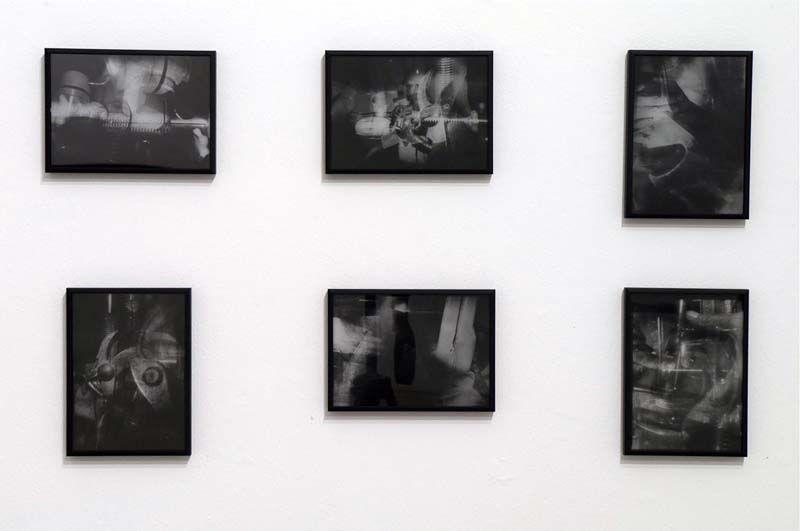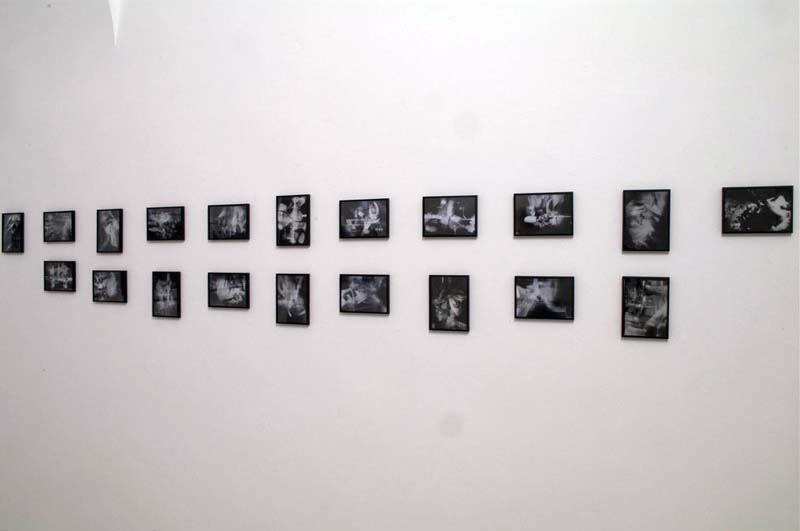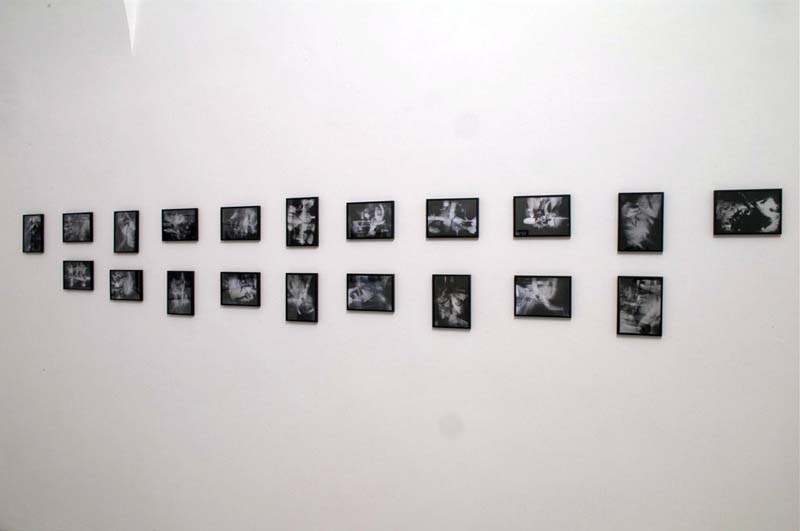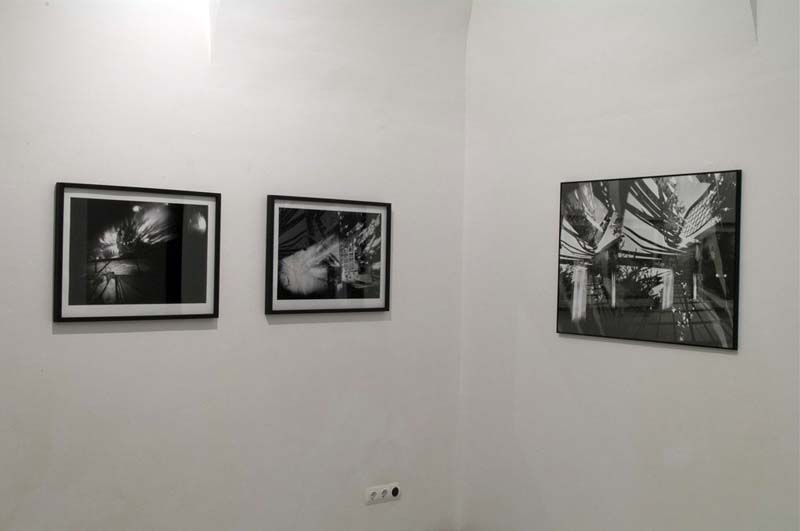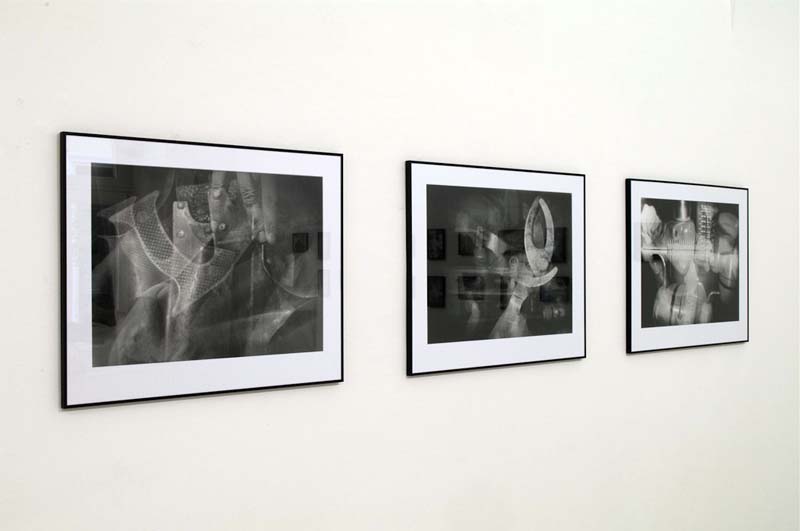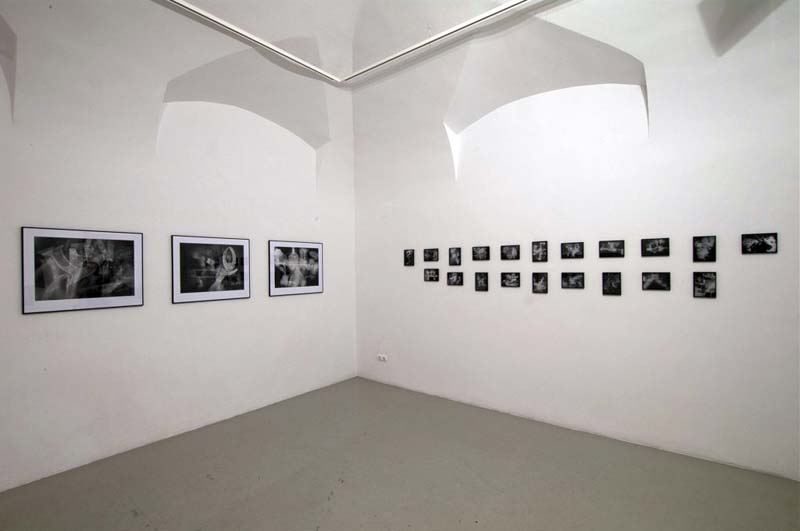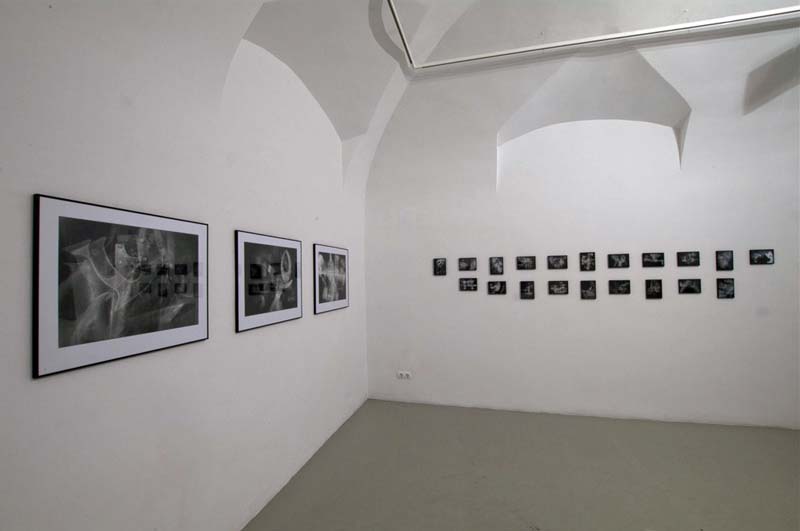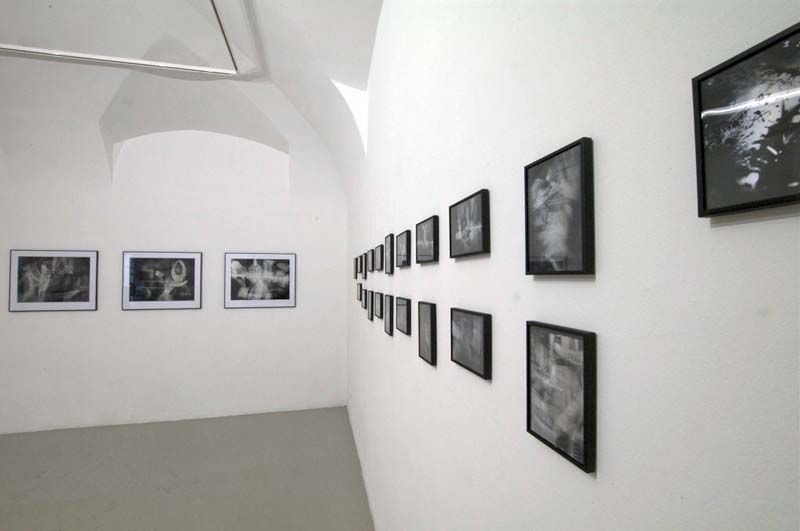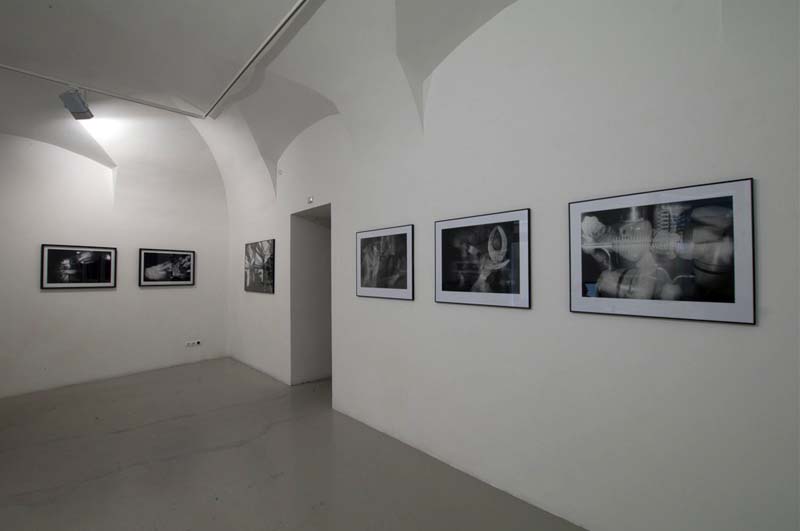| Zoltán Szegedy-Maszák In Terms of Hardware series of lenticular photographs, 2012/13 |
|
To understand the broader context of these works, please read
my essay "Works
Concerning Images of Light". |
|
“In Terms of Hardware” is a series of photographs made using lenticular optics in the picture-taking process. The title ironically refers to the original meaning of “hardware”; the three dimensional photographs picture mostly various tools I use regularly in the everyday maintenance of my family’s household and environment. All the images are built of multiple exposures, the resulting pictures show different views of the same tools side by side with the illusion of three dimensional depth. The multiple spaces can be explored by viewing the images from slightly different positions. (Neither the depth effect, nor the the effect of shiny dissolvement between the images can be demonstrated on this webpage: vivid imagination is required to envision the real appearance of the pictures.) |
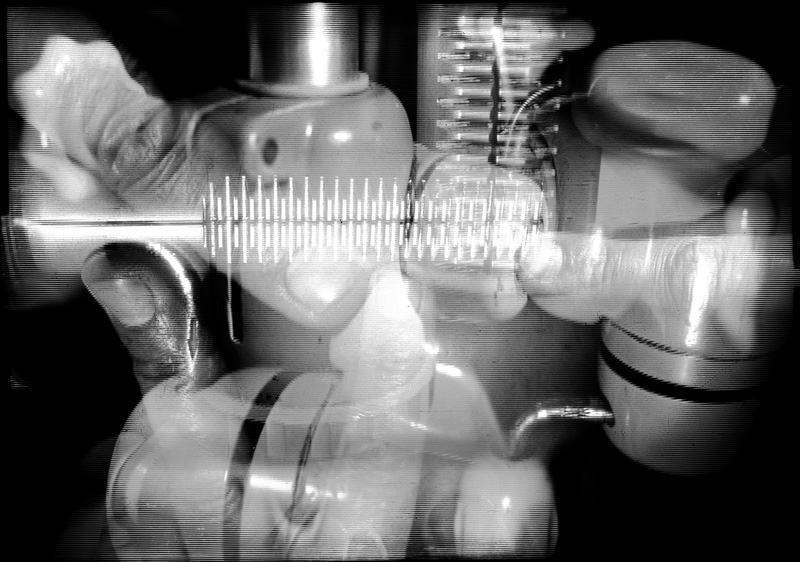 IN TERMS OF HARDWARE enlarged print of a multi-exposure photograph taken through lenticular optics, silver gelatine print, 43x60cm, 2012 |
|
As all the images are produced using classical, chemical-based
photographic processes, the “taste” of the silver-gelatin prints recall
the experimental photography from the classical avant-garde period.
However on all the pictures my hand is present as a contemporary
gesture, never using but rather touching or pointing to the hardware
tools. Although my primary intent with these gestures was to refer
ironically to the magic touch of the artist, besides its role in
pointing attention to important issues, after completing the series it
turned out to be more important and meaningful; visitors after
recognizing a human hand in the details become interested in
identifying the purpose of the pictured tools, which is rather
difficult for most of them. In my view the primary connotation of the
series “In Terms of Hardware” is our more and more ambiguous relation
to the down-to-earth material side of hardware used to maintain our
physical living. This is what the ironical title is referring to, and
this is what is emphasized by the medium I used: there is a strong
tension between the shining, luxury appearance of the photographs and
the depicted primitive, bound to earth tools; spots of rust on a
hammer, a saw or on an axe are transformed to brilliantly shining spots
by the lenticular optics. |
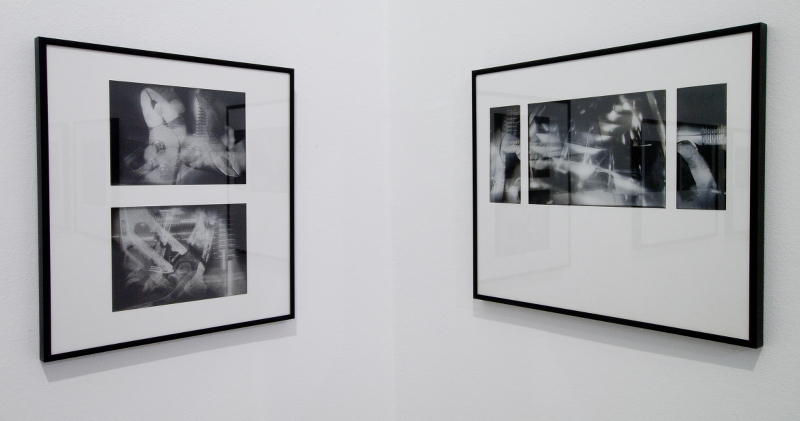 IN TERMS OF HARDWARE pictures from the series mixed media, 2013 |
|
A lenticular lens is a thin array of cylindrical magnifying lenses used most commonly in digital printing to produce images with the illusion of three dimensional depth, or simple flip-flop animations. Together with my doctoral students (Gábor ÁFRÁNY, Réka HARSÁNYI, Imre LEPSÉNYI and Eszter SZÜTS) we discovered that the lenticular lens can be used in the picture-taking process as well, resulting pictures with three dimensional spatial data rendered into the image. This simple invention can be widely used to capture spatial data using many imaging technologies from xerox machines to camera-less photography (three dimensional photograms for example). |
|
My goal is the use of lenticular lenses in traditional, analog photography. The pictures in the series "In Terms of Hardware" are made with old, large format technical cameras which used to be the highest quality photographic apparatuses before the digital age. The pictures are taken on classical silver-gelatin films with the size of 13x18cm using the combination of high resolution "normal" lenses and lenticular optics. As the interlacing effect of the lenticular lens can be considered as an (asymmetrical) image compression method, multiple three dimensional photographs can be rendered on the same photographic emulsion. While my earlier series "What does Photographing Mean?" show the fight between the multiple exposures of the same film material, here the lenticular lens interlaces the various three dimensional photographs together, showing the different images side by side corresponding to the viewer's position. Additionally an interesting shining effect can be seen on the images: as the lenticular lenses mounted on the positive contact prints collect the illumination of the exhibition room, they render the light in forms of waves to the viewer. |
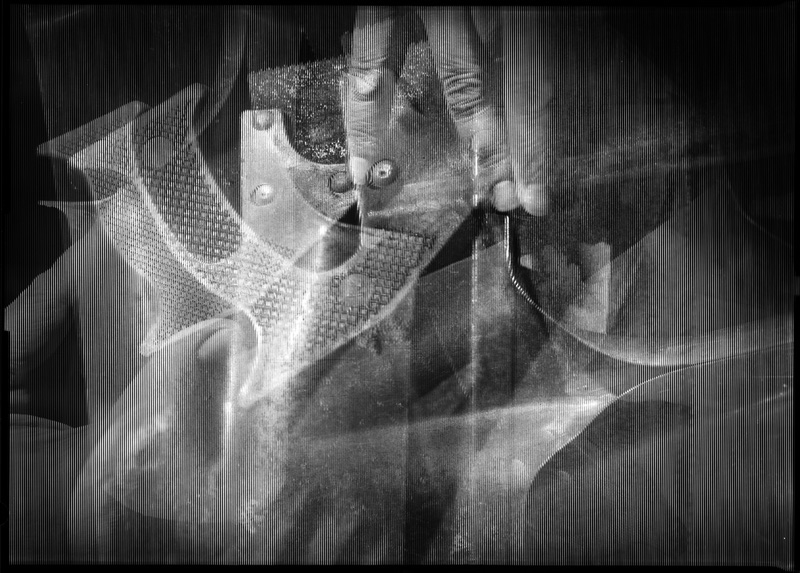 IN TERMS OF HARDWARE enlarged print of a multi-exposure photograph taken through lenticular optics, silver gelatine print, 43x60cm, 2012 |
|
Either the three dimensional effect of the pictures or the unusual “shining” of the images are hardly can be shown on a digital display - visitors of this webpage have to use their vivid imagination to have an impression of the real appearance of these objects. Part of the series “In Terms of Hardware” are classical silver-gelatin blowups made from the original filmnegatives, they show at least the asymmetrical resolution of lenticular imaging; parallel with the cylindrical lenses of the lenticular optic the full resolution of the large format photograph is rendered, while along the perpendicular axis the recorded spatial data is mixed with pictorial detail, resulting lower quality rendering. Images with asymmetrical resolution are quite unusual, although these pictures are rendered only by the pencil of nature, without any digital manipulation. |
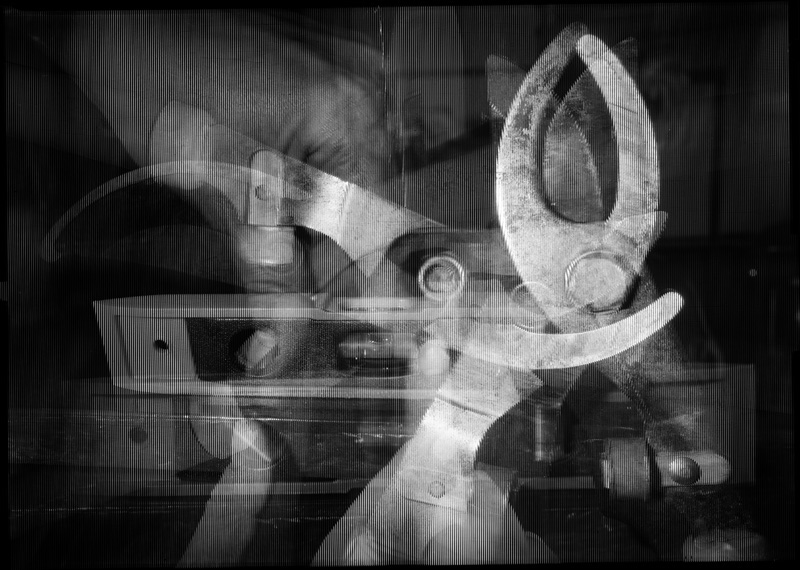 IN TERMS OF HARDWARE enlarged print of a multi-exposure photograph taken through lenticular optics, silver gelatine print, 43x60cm, 2012 |
